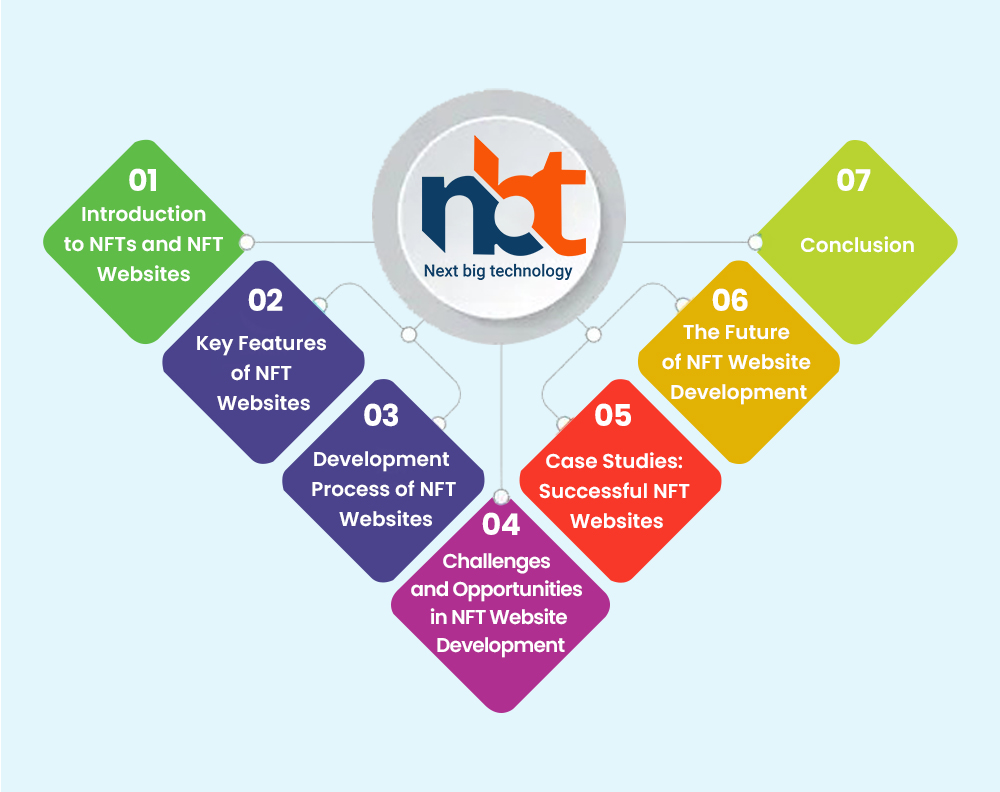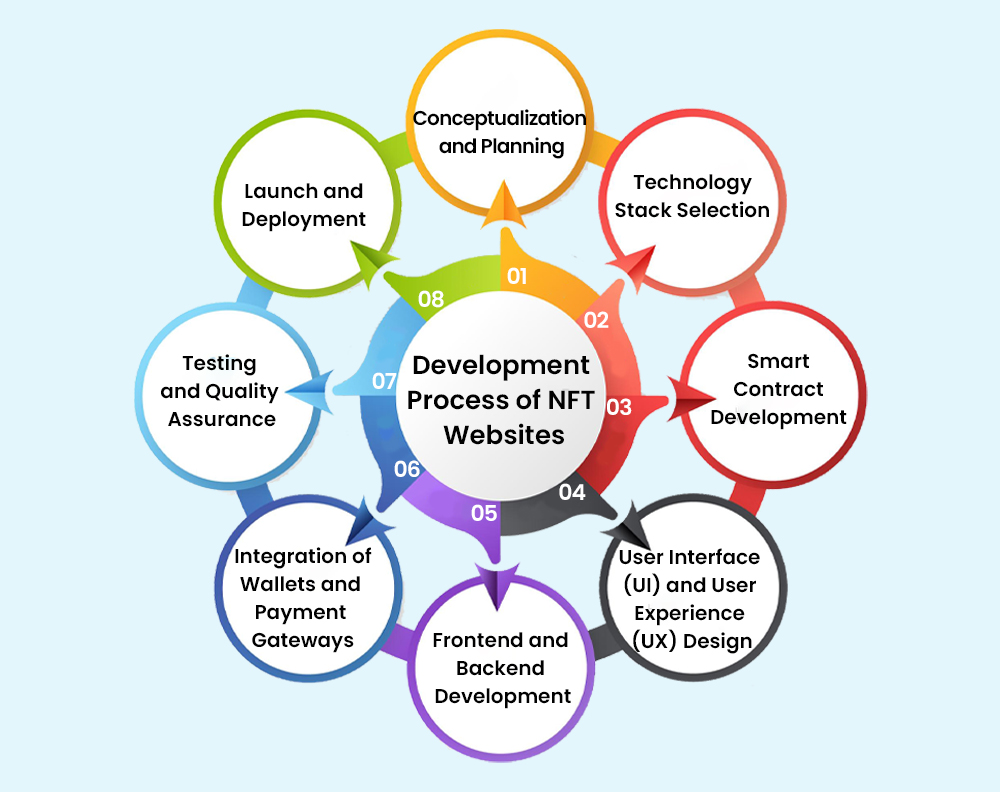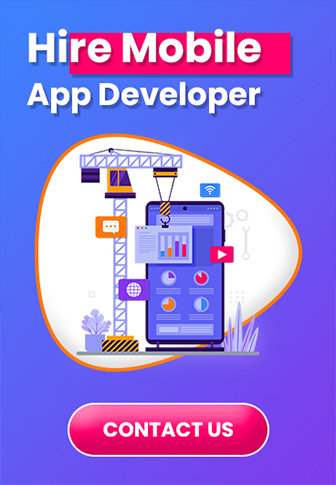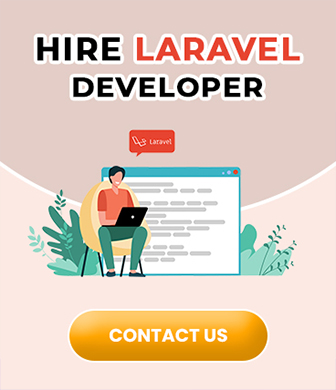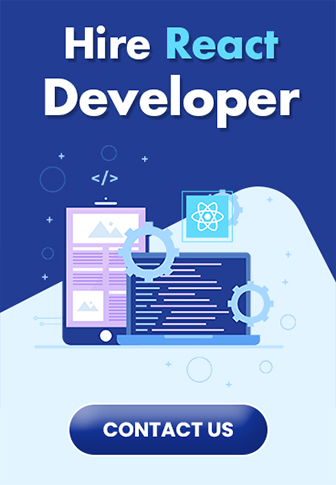Table of Contents
Introduction to NFTs and NFT Websites
- Understanding NFTs: Defining Digital Ownership NFTs are unique digital assets that represent ownership of a specific item or piece of content on the blockchain. Unlike cryptocurrencies such as Bitcoin or Ethereum, which are fungible and can be exchanged on a one-to-one basis, NFTs are indivisible and cannot be exchanged on an equal basis. Each NFT has distinct attributes and metadata that make it one-of-a-kind.
- Emergence of NFT Websites: A Gateway to the NFT Ecosystem NFT websites provide a user-friendly platform for creators, collectors, and enthusiasts to create, buy, sell, and showcase NFTs. These platforms facilitate the interaction between users and the blockchain, streamlining the process of minting NFTs, conducting auctions, and engaging in transactions.
Key Features of NFT Websites
- User Authentication and Security Measures Implement robust user authentication mechanisms to ensure the security of user accounts and personal data. Utilize encryption protocols and two-factor authentication to enhance security.
- NFT Minting and Tokenization Enable users to mint their digital creations into NFTs by providing an intuitive interface for uploading files, adding metadata, and setting attributes. This process involves tokenizing the digital asset on the chosen blockchain.
- Marketplace Functionality Develop a marketplace that allows users to browse, search, and discover NFTs. Include filters and sorting options to help users find specific types of content.
- Wallet Integration Integrate cryptocurrency wallets that are compatible with the blockchain your platform is built on. Users should be able to connect their wallets to the platform to manage their NFTs and conduct transactions.
- Royalty and Revenue Distribution Mechanism Implement smart contracts that automatically distribute royalties to creators whenever their NFTs are resold. This ensures that artists continue to benefit from the appreciation of their work.
- Interactive Token Showcases and Galleries Create visually appealing showcases for NFTs, allowing creators to display their digital assets in an interactive and engaging manner. Users should be able to view NFT details, zoom in on artwork, and explore associated metadata.
- Auctions and Bidding Systems Enable users to conduct auctions for their NFTs, allowing for dynamic pricing based on bids. Include features like reserve prices, bidding timers, and automatic bid increments.
- Social Engagement Features Foster a sense of community by incorporating social elements such as comments, likes, shares, and follows. This encourages interactions between creators and collectors.
Development Process of NFT Websites
Step 1: Conceptualization and Planning
Identify your target audience and niche within the NFT ecosystem. Define the platform’s objectives, key features, and user journeys. Create wireframes and mockups to visualize the user interface.
Step 2: Technology Stack Selection
Choose a blockchain platform that supports NFTs, such as Ethereum, Binance Smart Chain, or others. Select frontend and backend technologies for creating the user interface and managing platform operations.
Step 3: Smart Contract Development
Develop smart contracts that adhere to NFT standards like ERC-721 or ERC-1155. These contracts define the rules for token creation, ownership transfer, and royalty distribution. Ensure thorough testing and auditing.
Step 4: User Interface (UI) and User Experience (UX) Design
Design a responsive and user-friendly interface that showcases NFTs effectively. Focus on seamless navigation, intuitive browsing, and clear calls to action.
Step 5: Frontend and Backend Development
Build the frontend components that users interact with, including the marketplace, profile dashboards, and token showcases. Develop backend functionalities to manage transactions, user accounts, and NFT metadata.
Step 6: Integration of Wallets and Payment Gateways
Integrate cryptocurrency wallets that are compatible with your chosen blockchain. Implement secure payment gateways for purchasing NFTs using cryptocurrencies.
Step 7: Testing and Quality Assurance
Thoroughly test the platform’s functionalities, including token minting, buying, selling, and royalty distribution. Test for user experience across different devices and browsers.
Step 8: Launch and Deployment
Deploy the platform on a testnet for final testing, then on the mainnet for live usage. Monitor the platform’s performance, resolve any issues, and initiate marketing and user acquisition efforts.
Challenges and Opportunities in NFT Website Development
- Scalability Issues and Gas Fees High demand can lead to network congestion and increased gas fees. Consider layer-2 solutions or blockchain alternatives to address scalability concerns.
- Competition and Market Saturation The NFT market is rapidly growing, leading to increased competition among NFT websites. Focus on unique features and niche targeting to stand out.
- User Onboarding and Education NFTs might be new to some users, so provide educational resources and intuitive onboarding processes to guide them through the platform.
- Legal and Copyright Concerns Ensure that users have the right to mint and sell the content they upload as NFTs. Implement mechanisms to detect copyright infringement.
- Embracing Environmental Sustainability The energy consumption of blockchain networks, such as Ethereum, has raised concerns. Explore blockchain options with lower environmental impact.
Case Studies: Successful NFT Websites
- OpenSea: Pioneering the NFT Marketplace OpenSea offers a wide range of NFTs across various categories, contributing to its popularity and dominance in the NFT space.
- Rarible: Empowering Creators and Collectors Rarible allows users to create and trade unique NFTs, giving creators the ability to monetize their digital works.
- NBA Top Shot: Revolutionizing Sports Collectibles NBA Top Shot combines NFT technology with sports highlights, allowing fans to own and trade officially licensed digital collectibles.
The Future of NFT Website Development
- Integration with Virtual Reality (VR) and Augmented Reality (AR) Enhance user experiences by integrating NFTs with VR and AR technologies for immersive interactions.
- Fractional Ownership and DeFi Integration Enable users to purchase fractional ownership in NFTs, bringing the concept of decentralized finance (DeFi) to the NFT market.
- Interoperability across Blockchains Explore cross-chain compatibility to allow NFTs to be traded and showcased on different blockchain platforms.
- Enhanced Social and Community Features Further develop social elements, enabling users to connect, collaborate, and engage within the platform’s community.
Conclusion
NFT website development is a gateway to the world of digital ownership, providing creators and collectors with a platform to connect, trade, and explore unique digital assets. By understanding the development process, challenges, and opportunities in the NFT ecosystem, developers and entrepreneurs can create impactful platforms that contribute to the evolution of digital ownership. As NFTs continue to reshape the digital landscape, NFT websites will remain at the forefront of this transformative journey.





